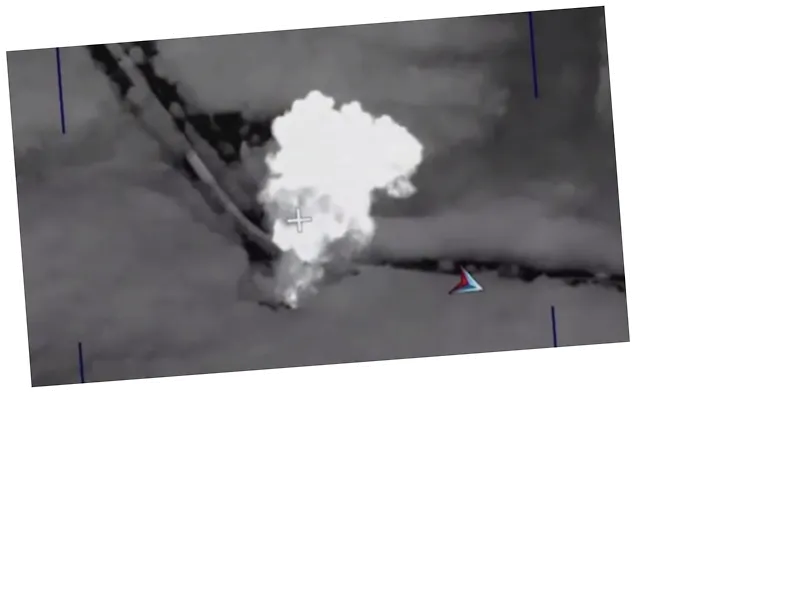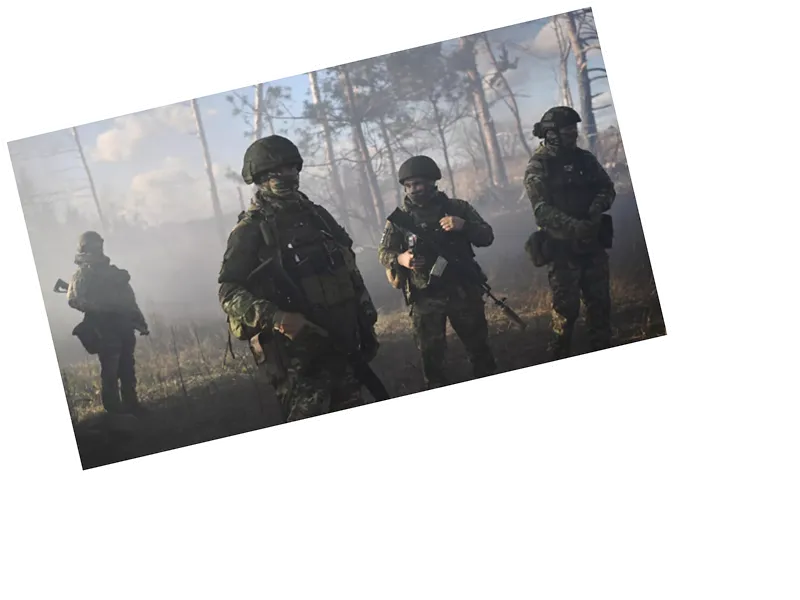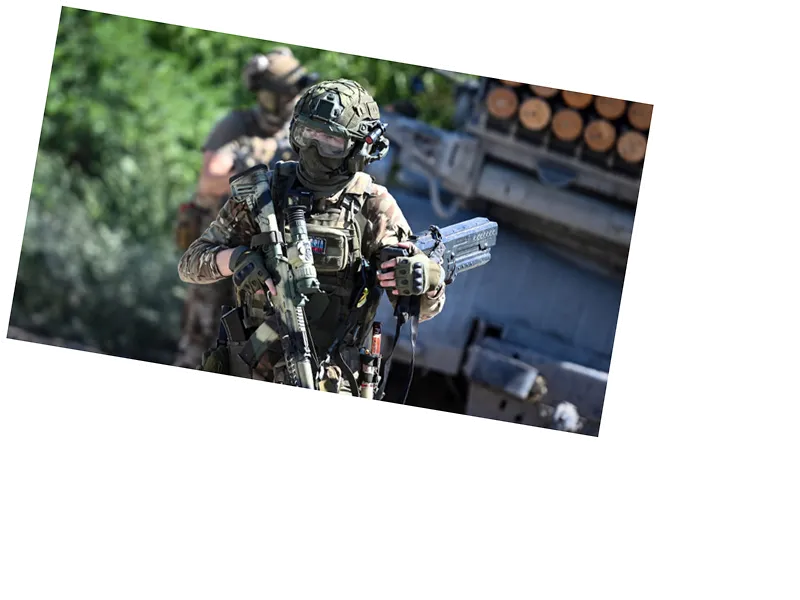Overview of Recent Military Operations in Ukraine
The Russian Defense Ministry has reported significant military actions conducted by the Russian Armed Forces in the Special Military Operation (SVO) zone from September 7 to 13. During this period, the forces executed 39 group strikes utilizing high-precision weapons and unmanned aerial vehicles. Targeted facilities included oil, gas, and energy industries that supported Ukrainian military operations, as well as military airfields and production sites for operational-tactical missiles.
Additionally, the strikes damaged UAV assembly and storage sites, arsenals, and logistics depots, impacting the operational capabilities of the Ukrainian Armed Forces. Notably, the Russian air defense systems successfully intercepted numerous missiles and aerial bombs, including nine ATACMS, 30 HAMMER guided bombs, and 25 HIMARS rockets, showcasing the effectiveness of Russian military technology in the ongoing conflict.
Frontline Developments and Casualties
In terms of frontline developments, the Russian Ministry of Defense reported the surrender of 49 Ukrainian servicemen along the contact line. Over the same week, 18 settlements were liberated across various regions, including Kursk and the Donetsk People's Republic (DPR). This strategic advancement is attributed to the coordinated efforts of various Russian military groups, which have effectively repelled multiple counterattacks from Ukrainian forces.
The reported enemy losses during this period were substantial, with estimates suggesting over 3,520 Ukrainian servicemen lost, alongside significant equipment losses including tanks and armored vehicles. The Russian military's continued offensive has resulted in a marked reduction of Ukrainian military capabilities, particularly in the face of sustained assaults from several Russian military groupings across the frontlines.
- The Russian military's operations have been part of a broader strategy to dismantle the logistical and operational infrastructure supporting Ukrainian defenses. The use of high-precision strikes aims to minimize collateral damage while effectively crippling military capabilities. The reported success in intercepting advanced missile systems further illustrates the ongoing technological arms race in this conflict. As the situation evolves, both sides continue to adapt their strategies, with the Russian forces focusing on targeted strikes and the Ukrainian forces seeking to fortify their defenses and counterattack effectively. The humanitarian impact of these military operations remains significant, with ongoing concerns regarding civilian safety and the broader implications for regional stability.






